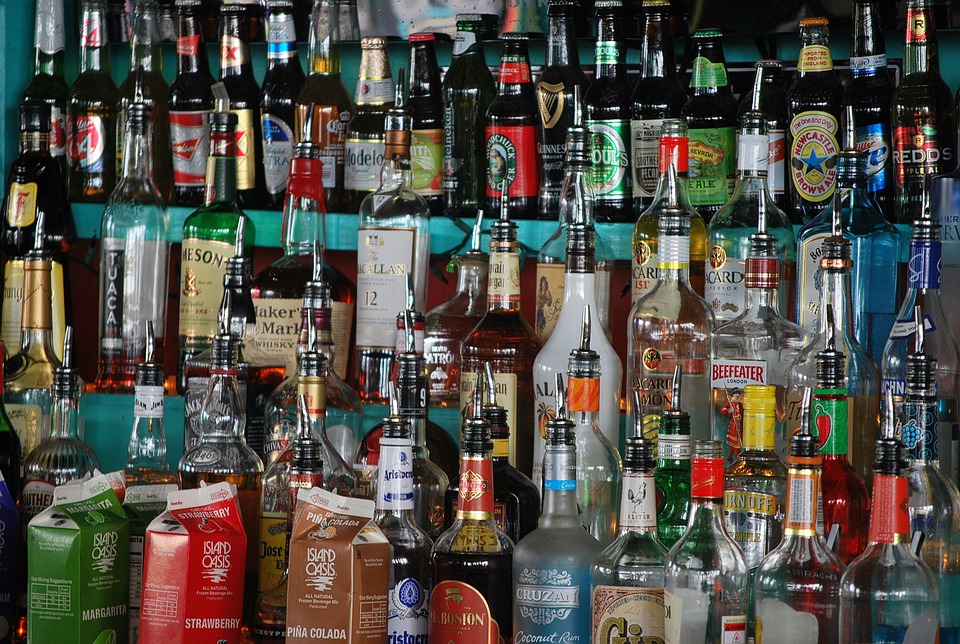By Paul Stapleton
Canada’s recent decriminalization of marijuana for recreational use raises disturbing issues about the rather arbitrary enforcement around the chemicals we ingest, and also where we draw the legal line here in Hong Kong.

To understand the somewhat arbitrary approach to what we can and cannot legally consume, it is worth taking a brief chemistry and health lesson on a few mind-altering substances to see how they compare with marijuana.
Take sugar as our first example. Perhaps a surprising choice because we generally don’t think of it as either a chemical or psychoactive. But mix carbon, hydrogen and oxygen together in various quantities and a molecule commonly known as glucose results. In our body we don’t even have to wait until sugar reaches our bloodstream via our stomach to feel its effects.
The taste receptors on our tongue lead to an instantaneous message sent to neurons in our brain. Although sugar isn’t classified as a stimulant, give a spoonful of honey to a baby and watch it clamour for more. And while sugar’s short-term effects are pleasing, long-term it can lead to obesity and diabetes.
Mix the same three elements above and add some nitrogen in very specific quantities and you end up with caffeine. After ingestion, when it enters the bloodstream and then our brains, it is known to bind with receptors in the central nervous system resulting in increasing alertness.

Although caffeine occurs naturally in everyday foods such as coffee, tea and chocolate, because it affects our behaviour it is labelled a stimulant. Caffeine’s effects are strong enough that we generally keep it away from children, but authorities perceive the effects as being too mild to attach any legalities to it.
Nicotine is also composed of the same four elements as caffeine, but legal restrictions limit it to adult consumption. And it is here that we seem to cross an invisible cultural line with regard to the legality of chemical ingestion.
Like caffeine, nicotine activates reward pathways in the brain improving concentration. Unfortunately, nicotine is highly addictive and its delivery system, smoking, causes various types of long-term illnesses, such as cancer and heart disease.
Unlike nicotine and caffeine, the psychological effects of alcohol – again simply a chemical composed of varying quantities of carbon, hydrogen and oxygen – are viewed as being strong enough to impose even stricter legal boundaries.

It is illegal to drink alcoholic beverages before adulthood in most countries and close to being completely illegal in a few countries. The well-known behavioural effects of alcohol range from inhibition to intoxication. Long term, addiction and liver disease are common.
And this brings us to that other stimulant, marijuana, whose psychoactive ingredient, THC, is also composed of carbon, hydrogen and oxygen. When THC enters the brain, it interrupts the normal functioning of neural pathways resulting in relaxed feelings and increased appetite, sometimes called the munchies.
As with the over-consumption of any of the chemicals mentioned here, ingesting too much marijuana can lead to problems. However, marijuana is generally well tolerated, and is less addictive than both nicotine and alcohol.
Unlike alcohol, marijuana seldom leads to bar fights or liver disease, and more importantly, unlike all of the substances mentioned here, it has many therapeutic uses with proven benefits, such as relief from pain and depression, as well as from the effects of epilepsy.
The reason for this rather long-winded review of substances that have effects on our brain and behaviour is probably obvious at this stage. Marijuana is just one of many substances that produce psychoactive effects on the human brain; it remains illegal here in Hong Kong despite being less damaging than other legal substances, namely alcohol and tobacco, whose effects both short-term and long-term can be devastating.
What is worse, the idea of legalising marijuana for medical uses is not even considered by our government because of ultra-conservative thinking that associates marijuana with dangerous drugs such as cocaine, which fall into a completely different category.

This narrow-minded attitude was underscored recently when government officials refused to attend a symposium focused on the cannabis industry. That many parts of North America have legalized marijuana for medical, and now recreational consumption – Michigan this month and Canada last month – should be a signal to our government to at least open a discussion around the medical use of this beneficial chemical.
Not only would those suffering from certain illnesses benefit, but in the long term, if marijuana was decriminalised, its sale could produce a tax revenue stream and police resources could be diverted to more useful activities than arresting potheads.
Finally, in a town where substances falling under the grand title, “Chinese medicine,” have the government’s blessing despite dodgy therapeutic value and little science to support its curative claims, it is unfortunate that our authorities cannot see past their cultural blinders.
Paul Stapleton is an associate professor at the Education University of Hong Kong.
